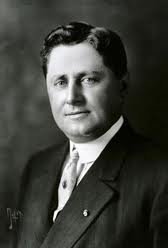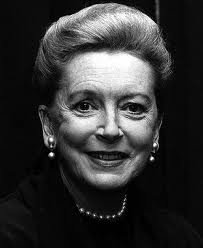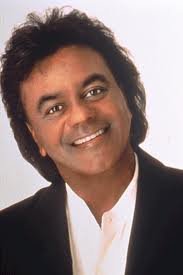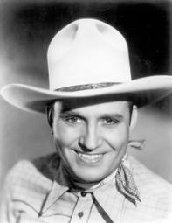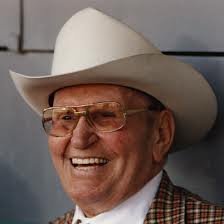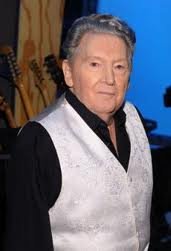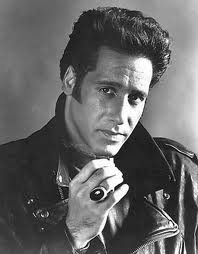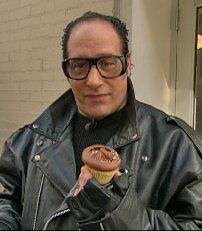Good dark cloudy foggy 45º morning.
Yesterday we stayed mostly in the 40ºs but topped at 51º.
Picture of the Day ... another super weird mailbox....
Interesting about Alfred Hitchcock.........
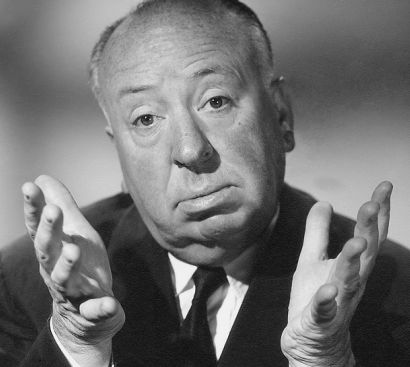 Film director Alfred Hitchcock made cameo appearances in 39 of his 52 surviving major films. For the films in which he appeared, he would be seen for a brief moment in a non-speaking part as an extra, such as boarding a bus, crossing in front of a building, standing in an apartment across the courtyard, or even appearing in a newspaper photograph. This playful gesture became one of Hitchcock's signatures; and fans would make a sport of trying to spot his cameos. His appearances became so popular that he began to make them earlier in his films so as not to distract the audience from the plot.
Film director Alfred Hitchcock made cameo appearances in 39 of his 52 surviving major films. For the films in which he appeared, he would be seen for a brief moment in a non-speaking part as an extra, such as boarding a bus, crossing in front of a building, standing in an apartment across the courtyard, or even appearing in a newspaper photograph. This playful gesture became one of Hitchcock's signatures; and fans would make a sport of trying to spot his cameos. His appearances became so popular that he began to make them earlier in his films so as not to distract the audience from the plot.
Sir Alfred Joseph Hitchcock (13 August 1899 – 29 April 1980) was an English film director and producer, widely regarded as one of the most influential and extensively studied filmmakers in the history of cinema. Known as "the Master of Suspense", he directed over 50 feature films in a career spanning six decades, becoming as well known as any of his actors thanks to his many interviews, his cameo roles in most of his films, and his hosting and producing of the television anthology Alfred Hitchcock Presents (1955–1965). His films garnered a total of 46 Oscar nominations and six wins.
Born in Leytonstone, Essex, Hitchcock entered the film industry in 1919 as a title card designer after training as a technical clerk and copy writer for a telegraph-cable company. He made his directorial debut with the silent film The Pleasure Garden (1925). His first successful film, The Lodger: A Story of the London Fog(1927), helped to shape the thriller genre, while his 1929 film, Blackmail, was the first British "talkie".[3] Two of his 1930s thrillers, The 39 Steps (1935) and The Lady Vanishes (1938), are ranked among the greatest British films of the 20th century.
By 1939 Hitchcock was a filmmaker of international importance, and film producer David O. Selznick persuaded him to move to Hollywood. A string of successful films followed, including Rebecca (1940), Foreign Correspondent(1940), Suspicion (1941), Shadow of a Doubt (1943), and Notorious (1946). Rebecca won the Academy Award for Best Picture, although Hitchcock himself was only nominated as Best Director;[4] he was also nominated for Lifeboat(1944) and Spellbound (1945), although he never won the Best Director Academy Award.
The "Hitchcockian" style includes the use of camera movement to mimic a person's gaze, thereby turning viewers into voyeurs, and framing shots to maximise anxiety and fear. The film critic Robin Wood wrote that the meaning of a Hitchcock film "is there in the method, in the progression from shot to shot. A Hitchcock film is an organism, with the whole implied in every detail and every detail related to the whole."
After a brief lull of commercial success in the late 1940s, Hitchcock returned to form with Strangers on a Train (1951) and Dial M For Murder (1954). By 1960 Hitchcock had directed four films often ranked among the greatest of all time: Rear Window (1954), Vertigo (1958), North by Northwest (1959), and Psycho(1960) with the first and last of these garnering him Best Director nominations. In 2012, Vertigo replaced Orson Welles's Citizen Kane (1941) as the British Film Institute's greatest film ever made based on its world-wide poll of hundreds of film critics. By 2018 eight of his films had been selected for preservation in the United States National Film Registry, including his personal favorite, Shadow of a Doubt (1943). He received the BAFTA Fellowship in 1971, the AFI Life Achievement Award in 1979 and was knighted in December that year, four months before he died.
Pigs In A Blanket
1 tube (8 ounces) refrigerated crescent rolls
8 hot dogs
1 egg, lightly beaten
1 tablespoon water
Caraway seeds
Preheat oven to 375°. Separate crescent dough into triangles. Place hot dogs at wide ends of triangles and roll up. Place on an ungreased baking sheet. Combine egg and water; brush over rolls. Sprinkle caraway over tops; press lightly into rolls.
Bake 12-15 minutes or until golden brown.
Special birthday today, Lovella Moore, one of our Jackson County Republican Women. HAPPY BIRTHDAY LOVE!
^with her great-granddaughter Debbie
Historically this date....
1935 – The Hoover Dam, astride the border between the U.S. states of Arizona and Nevada, is dedicated.
1947 – The World Series, featuring the New York Yankees and the Brooklyn Dodgers, is televised for the first time.
1955 – Film star James Dean dies in a road accident aged 24.
1972 – Roberto Clemente records the 3,000th and final hit of his career.
1982 – Cyanide-laced Tylenol kills six people in the Chicago area. Seven are killed in all.
And births this date include....
1861 – William Wrigley, Jr., American industrialist (d. 1932)
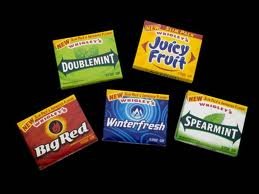
1931 – Angie Dickinson, American actress

I could listen to him sing forever!
1971 – Jenna Elfman, American actress
Saturday my grandson Tucker Pendleton and the Grants Pass High School Band was in a competition , Pacific Coast Invitational in Salem Oregon. They won!!!!!
Speaking of winning.... last week my Patriots won 30-14 playing the NY Jets and yesterday they beat the Buffalo Bills 16-10. Beginning of season and no defeats for the Pats so far.
All I know. Nuff said. Happy Monday. Ciao.
xo Sue Mom Bobo
National Chewing Gum Day exercises our jaws on September 30th. Pop a bubble or freshen your breath with your favorite piece of chewing gum.
Humans have used chewing gum for over 5,000 years. They may have chewed it for enjoyment, to stave off hunger or to freshen their breath much like we do today. The sources used to make gum resulted in minty and sweet chewable globs of wax or sap resin that fulfilled that human urge to gnaw. It was unlikely they were capable of producing glossy, pink bubbles worthy of jealous pokes from siblings. However, waking up with it stuck in your hair was still a possibility.
Various forms of chewing gum have existed since the Neolithic period. In 2007, a British archaeology student discovered a 5,000-year-old piece of chewing gum made from bark tar with tooth imprints in it. Presumed to be the oldest piece of chewing gum, it was found in Kierikki, Yli-li, Finland. Made from bark tar, the gum was believed to have antiseptic properties and other medicinal advantages.
- Many other cultures chewed gum made from the resin of the mastic tree, from plants, grasses, and other resins.
- In 1848, John B. Curtis developed and sold the first commercial chewing gum, which was called “The State of Maine Pure Spruce Gum.”
- Around 1850, a gum made from paraffin wax was developed and surpassed the spruce gum in popularity.
- December 28, 1869, William Semple filed an early patent on chewing gum, patent number 98,304.
- Studies show chewing gum helps improve memory, reduce stress, and increase alertness.
- Chewing sugar-free gum improves overall oral hygiene while also helping to curb cravings and improving digestion.





